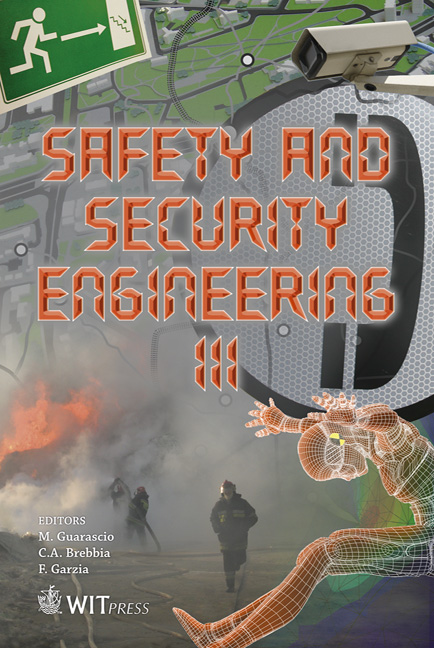Modelling Physical Injury To Vehicle Inhabitants – Blast, Fragment And Acceleration Environments Resulting From The Detonation Of IEDs
Price
Free (open access)
Transaction
Volume
108
Pages
11
Page Range
341 - 351
Published
2009
Size
1,753 kb
Paper DOI
10.2495/SAFE090321
Copyright
WIT Press
Author(s)
F. A. Maestas
Abstract
Protective design for vehicle inhabitants against a terrorist attack on a vehicle and the resulting blast, fragment and acceleration environment requires a balanced understanding of the complex physical processes that occur and management of the inherent uncertainties associated with the modelling. This paper examines the key physics-based techniques required to accurately model the blast, fragment and acceleration environments on vehicles and their inhabitants that result from the detonation of an Improvised Explosive Device (IED). Specifically, this paper will outline techniques to model the environments that range from engineering equations to first principle approaches. Additionally, coupled and uncoupled approaches will be discussed. The resultant loads can then be used to model injury to the inhabitants of the vehicle. Loads on the inhabitants to be discussed are derived from primary blast, primary fragment, secondary fragment and acceleration based environments. Special emphasis will be placed on modelling techniques that result in acceleration loads on vehicle occupants. Keywords: survivability analysis, modelling and simulation, personnel safety.
Keywords
survivability analysis, modelling and simulation, personnel safety





